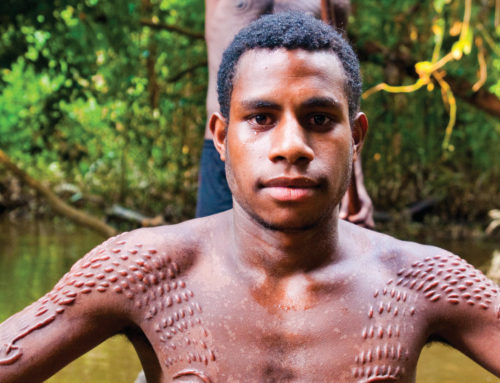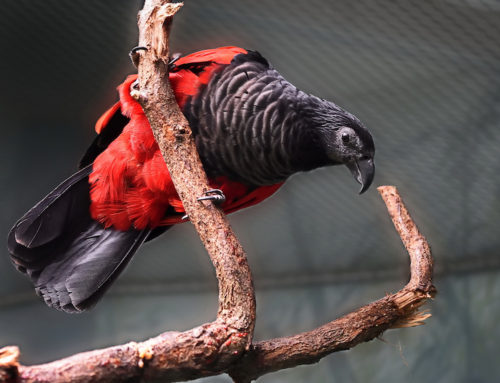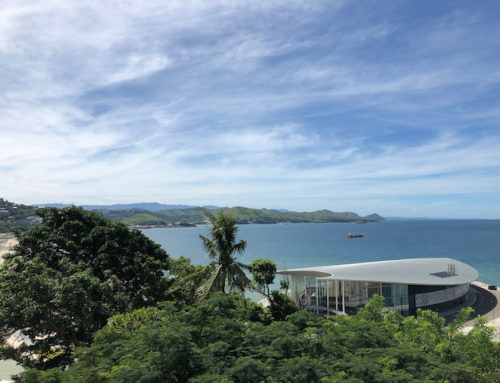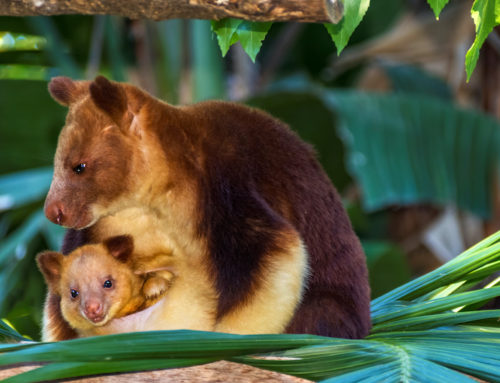The Humble Cacao Bean of PNG
26th February 2016
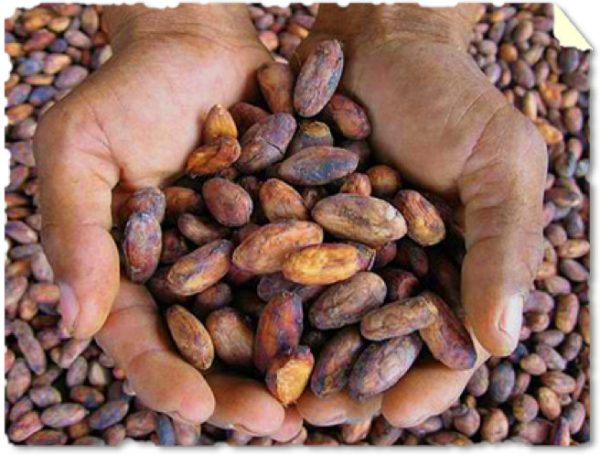
Who doesn’t love chocolate? Whether it’s a piece of good quality dark chocolate alongside your Pinot Noir, a cup of smooth hot chocolate as you indulge in long conversations curled up on the couch or a simple chocolate biscuit dunked into piping hot tea, most of us have a connection with this delectable treat. While many of us love what the cacao bean morphs into, few of us give much consideration to where it actually comes from. For the few that do stop to consider the humble beginnings of the moist chocolate cake they are about to sink their teeth into, it’s likely that South America, the native home to the cacao bean, will spring to mind. And while South America accounts for a significant proportion of cacao, there is a special place in the world, an exotic and mysterious place that is quietly responsible for producing some of the world’s best cacao – and that place is Papua New Guinea (PNG).
Dangling from the Theobroma Cacao tree, the cacao bean lies unsuspectingly inside the tree’s seed pods thriving in the wet warmth of the rainforest. Evidently this is why areas such as East New Britain Province, East Sepik Province, Madang and the Autonomous Region of Bougainville, with their ideal rainforest environs and rich fertile soil, provide the perfect habitat for cacao seeds to flourish.
PNG’s cacao industry supplies approximately 2 percent of the world’s market, and is estimated to be worth K168 million a year, based on 42,000 tonnes of production. Although this figure might seem small on a global scale, statistics from 2003 indicate nearly 80 percent of Papua New Guineans depend on small-scale agriculture for their food and income. Making cacao cash crops an important income for thousands of households across the country.
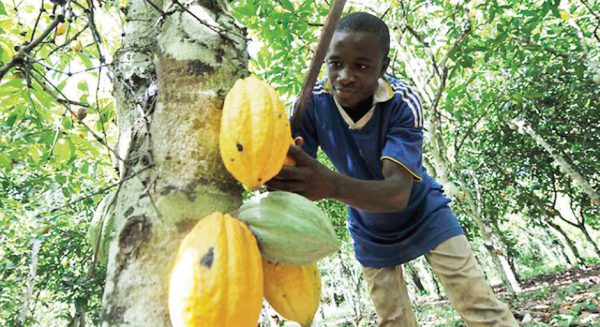
Despite this small bean being a $US 5-6 billion export commodity worldwide, not all cacao beans are created equal. The world market distinguishes between two broad categories of cacao beans – fine or ‘flavour’ beans and bulk cacao beans. Usually, the beans used for fine cacao are produced from Criollo or Trinitario cacao-tree varieties, while the latter bulk beans come from Forastero trees. PNG’s Morobe Province is responsible for producing some of the finest cacao beans from a plantation of rare heirloom Trinitario beans that were brought in by German colonists from Samoa in the early 20th Century. Much like a fine wine, these special beans are renowned for having a deep complexity of flavour, bursting with fruitiness and a delicate aroma – a fine chocolate producer’s dream! It’s not surprising then to learn that the beans from this special plantation are being sourced by an Australian boutique chocolate maker, Bahen & Co.
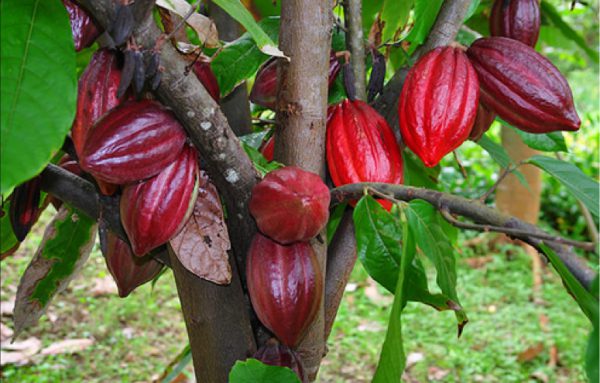
While the type of cacao tree obviously plays an integral role in the final product of a boutique chocolate, the location of the tree and farming practices are equally important. This is why the Morobe plantation is so successful at producing such a high quality bean. The rich, well-drained volcanic soil coupled with consistent rainfall and bouts of hot dry weather provide the perfect environment for the heirloom Trinitario trees to thrive. But the best of anything cannot flourish without proper care and according to Josh Bahen, the founder of Bahen & Co, it’s the high standards of farming practices carried out at this plantation that makes this “the number one farm in PNG.” As a farmer himself, Bahen understands first-hand the dedication and nurturing involved in ensuring the best end product possible and sourcing exceptional raw materials is just one part of this process. Bahen describes the bean from the Morobe plantation as a “beautiful bean to work with.” He tells Susan Gough Henly in an interview for Paradise Magazine, that the unique characteristics of this PNG cacao are “…bright and luscious with flavours of strawberry cream, red fruit, vanilla and pipe tobacco.”
It’s not only boutique chocolate producers that benefit from the ideal climate of PNG, in fact over recent years, some of the world’s largest and most well-known chocolate confectionary manufacturers have sourced their beans from PNG. One of them being, Cadbury Chocolate. This company has worked with farmers in the Madang Province on PNG’s north coast, in an effort to produce high quality Fairtrade certified cacao and bring sustainable income to farmers and the community. Stephanie Saliba, a spokesperson from Cadbury told Danielle Bowling of Food Magazine that despite PNG’s production being
“…relatively small in terms of the global cocoa market, the PNG cocoa industry offers great potential.”
At Paga Hill we couldn’t agree more with Saliba’s statement and believe that PNG offers something special, exotic and unique to the world of chocolate. What’s more, the humble cacao bean provides a livelihood for so many Papua New Guinean families and their surrounding communities. When you know that the treat you are indulging in is of high quality, sustainable and contributing to the future of PNG, chocolate has never tasted so good.
Paga Hill Estate is a world class master planned estate in the heart of Port Moresby, Papua New Guinea. The waterfront site is the first comprehensively planned multi-use development in Papua New Guinea to be enjoyed by both residents and visitors alike. The all inclusive development will include vibrant public spaces and waterfront promenade, luxury hotels, residential apartments, restaurants, retail, commercial space, a National Cultural Centre, restoration of WWII relics, marina precinct and an international cruise liner terminal.
Visit Paga Hill Estate for more information including the latest artistic impressions of the development.

